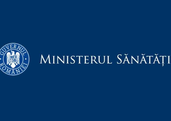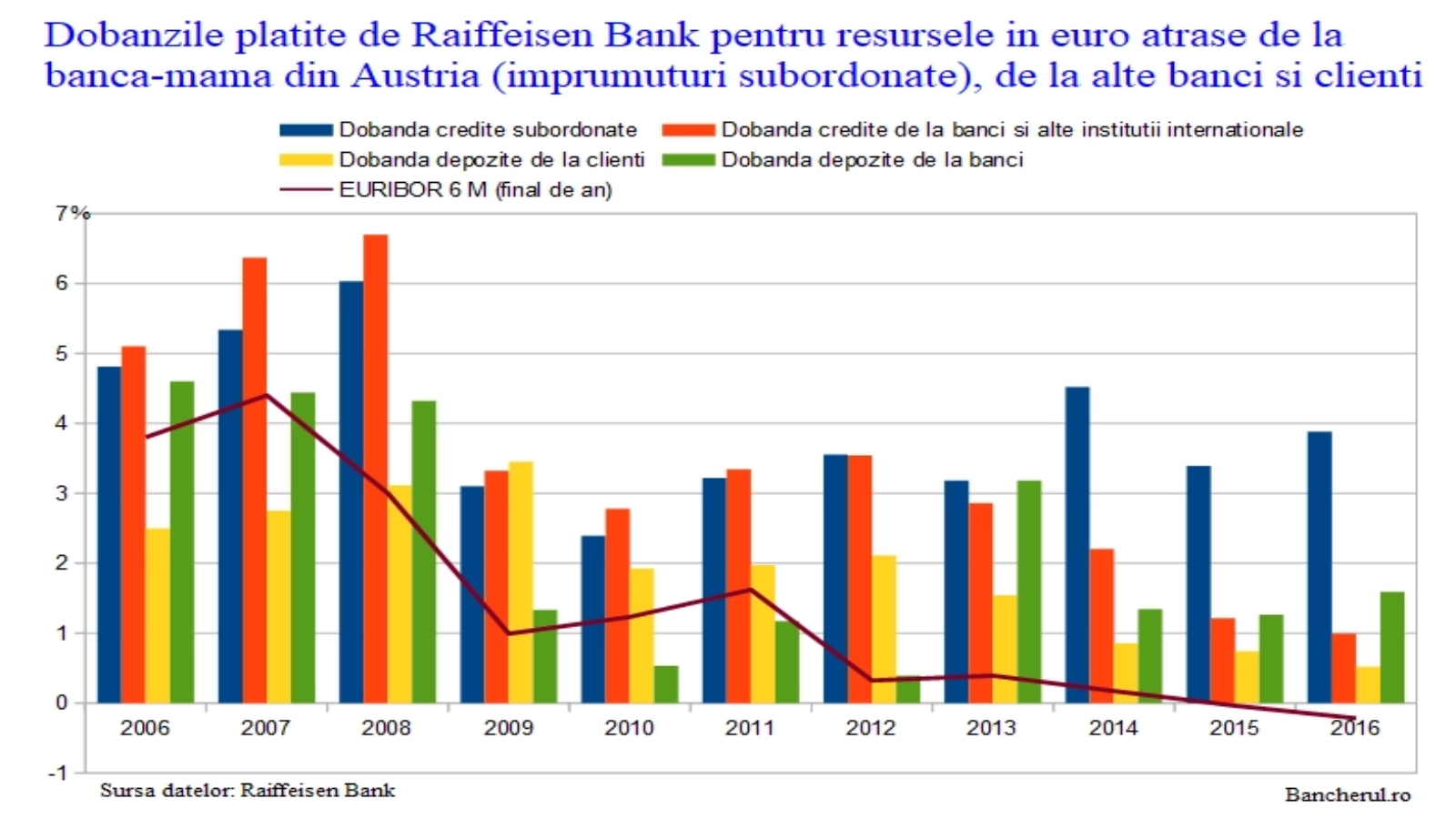The risk of non-repayment of loans contracted by the non-government sector is on the rise, in the current Report on financial stability issued by the National Bank of Romania (BNR), vs the previous report where it used to be presented as moderate, the central bank's Vice Governor Liviu Voinea, told on Thursday a presentation conference of the said document.
'The main risk is the setback of the investors' confidence in the emerging economies. This was also present in the previous report as a high risk, and yet this time the outlook is growing. Moreover, a high risk is the risk of non-repayment of loans contracted by the non-government sector. It is a risk on the rise against the previous report, where it only appeared as a moderate systemic risk. Some other two moderate systemic risks this time, similar to the previous report are: the straining of macroeconomic balances and the low pay discipline in the economy, with respect to the existence of certain vulnerabilities in the companies' balance sheet. Finally, a small systemic risk, but worth mentioning, refers to the increase of the real estate prices, it being connected or linked to the risk of non-repayment of loans contracted by the non-gov't sector. Besides, all these risks are not isolated, they determine and augment each other,' Liviu Voinea said.
According to the report, the risk of non-repayment of loans contracted by the non-gov't sector is assessed at a high level, in particular with regard to the population.
Although the non-performing loans' rate continued its downward slope at the level of the population sector, this dynamic has been determined by an important basic effect generated by the more marked rise of the loans, whilst the non-performing loans' volume given to this segment in the national currency re-entered an ascending path, up by 13 pct (March 2018 vs March 2017). The fiscal measures to limit the banks' tax deductibility, which influence the furthering of the resolution process of the non-performing loans, corroborated with the modification of the interest rate's trend related to the national currency, in the context of an international interest rates' increasing cycle and of slashing the quantitative relaxation programmes, represent the main influence factors.
Moreover, the document mentions that the population's total debt continued to grow during 2017 in nominal terms, its evolution being determined mainly by the important increase of the mortgage bank credit and the IFN (non-banking financial bodies) loans. At the same time, the growing dynamic at the consumption credit's level given by the banks and the IFNs was also noticed. The increase of the credit was mainly determined by the growth of the median value of a loan, regardless of its destination, the number of loans contracted being even smaller.
According to BNR, in the first three months of 2018 the non-performing loans volume grew (+0.8 pct), and by the end of the year the average non-repayment probability is forecast to grow on both the mortgage bank credits and the consumption ones. agerpres
Risk of non-repayment of loan contracted by non-government, on the rise
Explorează subiectul
Articole Similare

2
I convene working group to develop National Palliative Care Strategy; it is important signal (health minister)
2

7
Romania, Republic of Moldova strengthen their partnership for security and European integration
7

5
Bucharest Stock Exchange closes higher first trading session of this week
5

8
Simple motion filed by AUR against Energy Minister Bogdan Ivan, rejected
8

9
EnerMin Ivan: No oil company in Romania has reason to increase pump price of diesel and gasoline
9

8
Symposium "Culture and Society in the Time of the Monarchy" - Saturday at MNAR, dedicated to King Carol II
8

18
Senate - Transport/Mazilu (PSD) motion: Motion - false, populist, with aim of tarnishing Grindeanu's image
18

15
PM discusses at Gov't with Nokian Tyres representatives about status of investment made in Oradea
15

19
Plauru and Ceatalchioi residents evacuated due to explosion risk from burning LPG vessel
19

12
Bujduveanu: Maintenance and repair work on major boulevards has been intensified
12

14
Romania's communications watchdog, Georgian counterpart sign cooperation memorandum at WTDC-25
14

12
ASFOR: Lack of national plan has transformed forest from public policy topic into emotional debate
12

14
Healthy life expectancy at 65 in Romania stands at just half the EU average
14




















Comentează